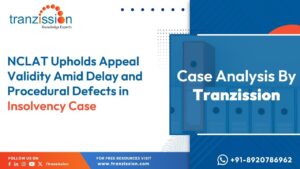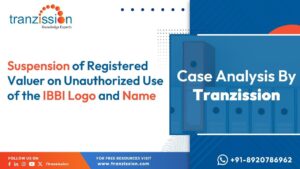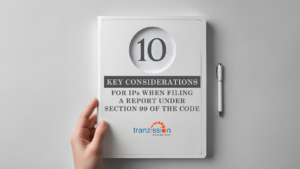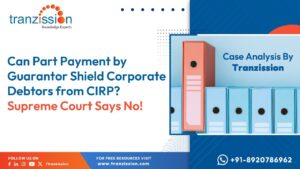
Effective Management of Personal Insolvency
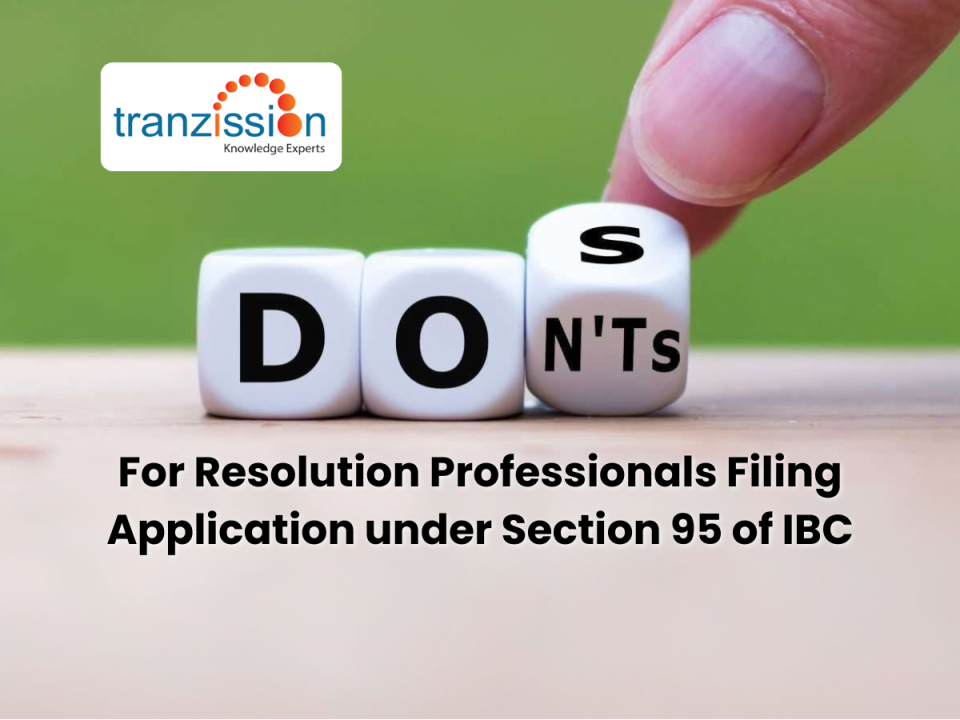
Table of Contents
Do’s and Don’ts for Resolution Professionals Filing Application under Section 95 of IBC
Do’s
1. Ensure Accurate and Complete Facts:
a. Do state all facts correctly and based on documentary evidence when filing an application on behalf of any creditor under Section 95.
b. Do take an undertaking from the creditor that no information has been withheld or omitted and that full disclosure has been made.
c. Download the format of undertaking from here: https://tranzission.com/undertaking
2. Gather Comprehensive Information and Documents:
a. Do ask creditors to provide all information and documents as per the application format.
b. Do examine all documents supplied and correlate the information in the application to ensure consistency and accuracy.
3. Certification of Documents:
a. Do get all documents certified as true by the concerned creditor or its authorized signatory.
b. Do examine the correctness of information from the public domain, if available.
4. Check Limitation Period:
a. Do prepare a list of dates to examine the limitation aspect and ensure the application satisfies the test of being within the limitation period.
b. Do take legal help if necessary to verify the limitation aspect.
5. Assess Application Maintainability:
a. Do independently examine the maintainability of the application to ensure it meets all necessary legal and procedural requirements.
6. Ensure Compliance with Notice Requirements:
a. Do ensure that the notice of demand under Section 95(4) in Form B has been served by the creditor to the debtor.
b. Do ensure that 14 days have lapsed from the date of service of the demand notice before making the application.
7. Serve Application Copy in Advance:
a. Do ensure that the application copy is served in advance to the debtor through all modes at all available addresses of the debtor as per records and information available in the public domain.
8. File with Relevant Authority:
a. Do make the application to the relevant NCLT or DRT.
b. If CIRP or liquidation of the corporate debtor, in respect of whom the guarantee has been given, is pending, then make the application to the NCLT where the corporate debtor’s CIRP or liquidation is pending.
c. Otherwise, file with the DRT where the debtor resides or personally works for gain.
9. Use Correct Form and Fee:
a. Do ensure that the application is made in Form C with the prescribed fee of Rs. 2000.
Don’ts
1. Do Not Withhold Information:
a. Don’t file an application with incomplete or unverified information.
b. Don’t fail to take an undertaking from the creditor about the completeness and accuracy of the provided information.
2. Avoid Submission Before Lapse of Required Period:
a. Don’t make the application before the expiry of 14 days from the date of service of the demand notice.
3. Do Not Neglect Procedural Compliance:
a. Don’t neglect to serve the application copy to the debtor in advance through all available communication methods.
b. Don’t submit the application to an incorrect jurisdiction; always verify whether it should be filed with the NCLT or DRT based on the specific circumstances.
By following these do’s and don’ts, resolution professionals can ensure that the insolvency resolution process for personal guarantors is conducted efficiently, transparently, and in compliance with the legal framework established by the IBC. This approach helps maintain the integrity of the process and achieve optimal outcomes for all stakeholders involved.

